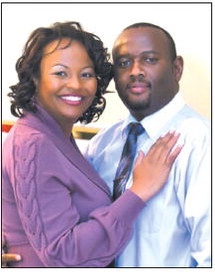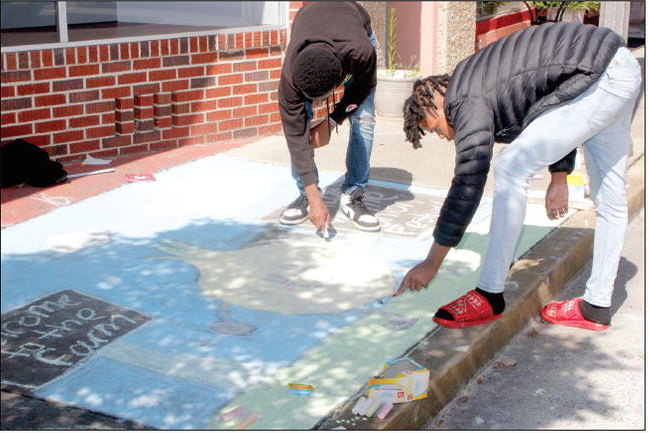What young athletes can do to reduce injury risk
Exercise is great for the body. Scholastic and recreational sports is one of the primary ways children and adolescents get the exercise they need. Even though sports participation is relatively safe, there's no guarantee athletes won't suffer an injury.
However, there are ways for student athletes to reduce their risk of getting hurt while playing the games they love.
Maintain ftexibility. Mount Sinai says it is extremely important for athletes to perform dynamic stretches before starting any activity. Cold muscles are vulnerable to injury, so it's best to do some sort of physical warm-up, including jumping jacks, butt kicks, running in place, or arm circles.
Practice proper technique. Athletes should learn and implement the proper techniques for whatever sport they are playing to lower their injury risk.
Don't push through pain. Pain is one way the body communicates that something isn't right. At the first sign of pain, an athlete should take a break and be assessed by a medical professional. Playing through pain can make an injury worse and sideline athletes for longer than expected.
Wear the right gear. Johns Hopkins Medicine emphasizes using proper, well- fitting gear. Certain gear may be cumbersome and athletes may be tempted to forego it, but that can result in greater injury risk.
Get a sports physical. Most pro grams mandate an updated sports physical examination. This pre-participation physical allows for the screening, prevention and treatment of any conditions that can affect play and contribute to injury.
Gradually increase training intensity. The American Orthopaedic Society for Sports Medicine indicates athletes should always build up their training gradually.
One way to do so is to follow the 10 percent rule, which advises against increasing training activity, weight, mileage, or pace by more than 10 percent per week.
Rest and take breaks. Athletes who play sports year-round have a greater tendency than others to suffer overuse injuries because their bodies are not given an opportunity to rest and recover. Athletes should take at least one season off per year.
Play di-erent sports. By participat ing in different sports, an athlete can avoid using the same muscle groups all the time.
For example, the muscles used for swimming may be different from those used for playing eld hockey. Utilizing di-erent muscles reduces the risk for overuse injuries.
Strengthen the core. Mount Sinai notes a strong core, which is the abdominal area of the body, can help athletes avoid injuries. Exercises that strengthen the core can improve balance, stability and strength.
Student athletes may want to get ahead in the sports they play, but it should never be at the expense of putting their bodies at a greater risk for injury.








